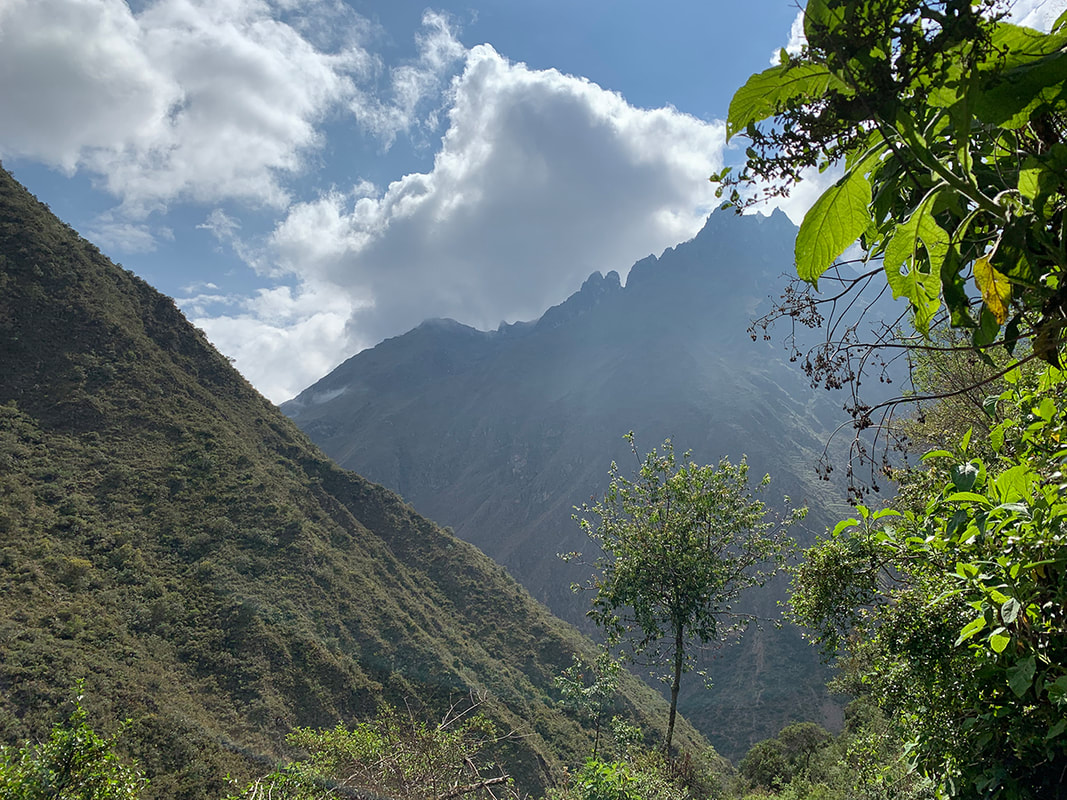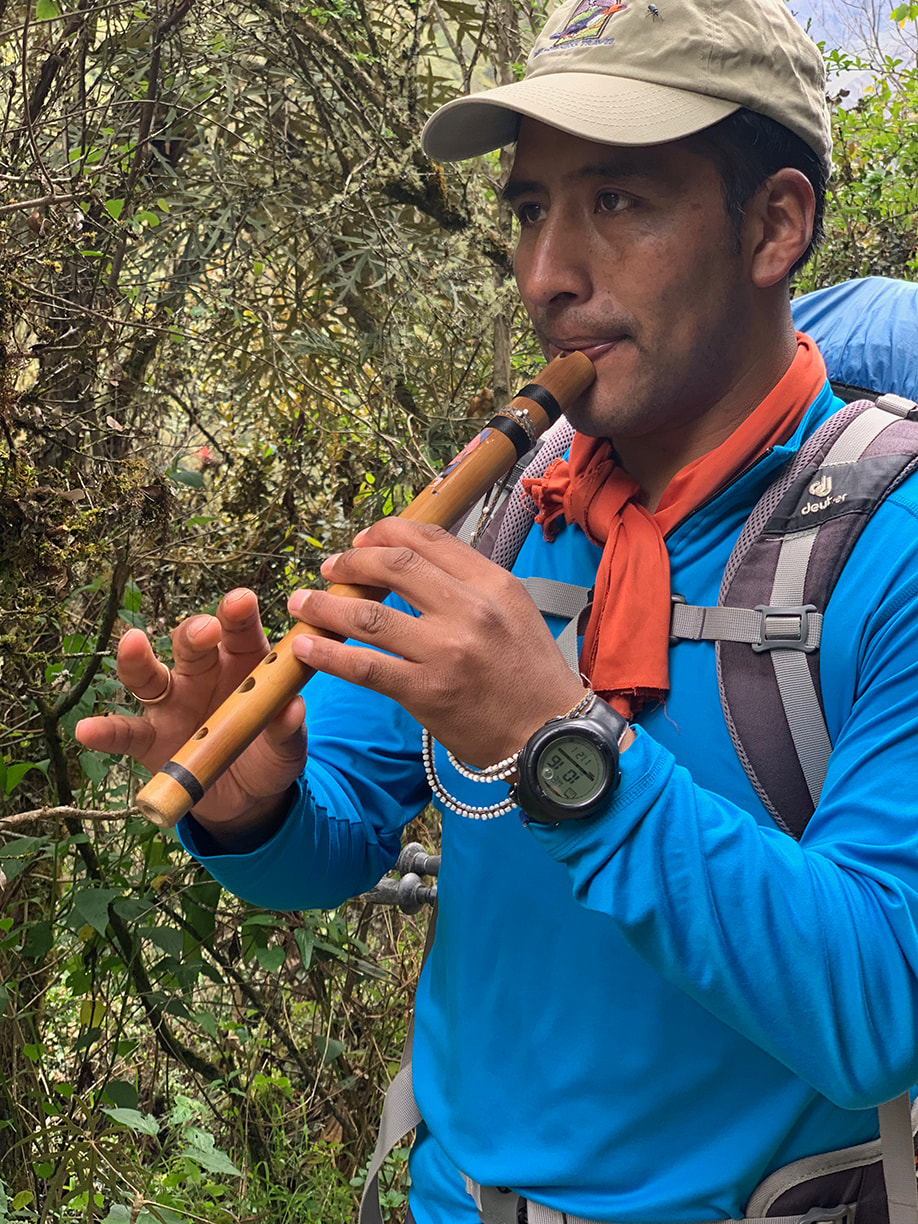|
THAT WAY MADNESS LIES…was just nominated for “Courage in Filmmaking” by the Women Film Critics Circle and in just a few short days, my film will make its theatrical debut in New York and Los Angeles as a First Run Features Release. It is surreal that this time is actually materializing. Even though in the last 8 years, I've spent almost every waking hour with this endgame in mind, there were plenty of moments when it felt that the film playing on a big screen in a real movie theater was emphatically NOT going to happen. What has been a constant however, is how hard, how unlikely, how heartbreaking, and how infuriating this journey could be on every level. And yet, here we are, perhaps a little battered, a little sore, a little scarred, but arriving with an optimistic eye to the future and a deep feeling of pride for having chosen the road less traveled. And I say “we” because most of you reading this blog, have been with me personally and professionally throughout this journey. I'm certain I'm still standing (personally and professionally) because of all of you and your unflinching help. I'm cognizant that it is the result of so much generosity, faith and tenacity that has brought us to this moment. A few days ago a NYWIFT Women Crush Wednesdays Podcast featured me talking about making THAT WAY MADNESS LIES…. More than any other interview I've given, it focuses on the process of making the film than it does about the mental health system and its flaws. (Click the image below to go to the podcast.) A very good article came out in Psychology Today that addresses the important policy issues and advocacy. (Click the image below to go to the interview.) If you are in Los Angeles or New York from December 14th to December 20th, 2018, or if you can get to either one of these cities, here is where you can score some tickets at Cinema Village in New York or Laemmle Monica in Los Angeles. There are 5 shows a day at 1:00; 3:00; 5:00, 7:00; and 9:00pm. I will be doing Q&As in New York on the 14th, 19th, 20th at the 7pm shows While I know this is the real beginning of my film’s life in the world, it is also a time of closure for me. I long to release it from my daily efforts and begin something new. But because my life and the story in the film are so enmeshed, my reality doesn't end with the last frame of film. I've known for a while that in order to move forward, I needed a ceremonial quest that would allow me to process, and, perhaps, exorcise the struggles of the past eight years. The Inca Trail to Machu Picchu has always been on my bucket list because of my connection to Yale, Hiram Bingham and my Indiana Jones’ thrill for danger and adventure. I could never have predicted that this trek would be such a metaphor for the experience of the last eight years, or such a salve for the wounds inflicted. During this past year, a family from Texas who struggles with severe mental illness contacted me about the film. We bonded profoundly. To my great surprise they insisted on sending me $1000.00 to do something for self care. I tried to convince them to give the money to the film and get their tax break. I still hear the father’s voice on the phone insisting,” Yeah, that’s not how I like to do things. I want it to go directly to you, for you.” Their generosity prompted the first payment for the trip. It did not take much to convince Steve Knepper, who is featured prominently in the film, and has been Duanne and my childhood friend for over 40 years, to accompany me. I didn't share with Steve the secret purpose of this trip, but I don't think he was surprised watching me battle so many emotions. There were many exquisite moments on this trip, but for the purposes of this blog, I'll tell you only the ones that relate to the experiences in the film. Hiking the Inca trail is not a requirement to get to Machu Picchu. One can take a bus to the Sacred Valley and then a train and another bus to arrive at the Lost City of the Incas. And the actual hike is only 26 miles. But no matter how one prepares and arranges for accommodations, it's not easy.
The first couple of days were glorious! Glorious vistas and ruins and discussions among our guide and seven other hikers who appreciated every moment of this shared experience. I could feel the physical exertion begin to excavate my buried emotions. I couldn't look at a vista in the Andes, a babbling brook or the perfectly cut Inca stones without my eyes unexpectedly welling up and leaking. So, in order to deflect attention away from being emotional, I resorted to my go-to defense: humor. I became my own fool, and like King Lear’s, I, at once, revealed my vulnerabilities and tried to conceal them. I joked with the porters by putting one of their packs for five seconds and I showed anyone who was interested, my Freshette, a device that allows women to pee standing up. Talk about empowering! It rained hard the night before, we started out for Dead Woman’s pass on the third day, and I’m sure Steve will attest that I was crabby. I didn’t want anyone to see me physically struggling nor did I want encouragement. Kind words would feel like pressure as well as a reproach that I should be doing better. But, I certainly didn’t want to be left alone either. I didn’t want to hold Steve back who longed to go full-out physically. At one point on the trail, he left all the hikers behind and ran with one of the porters. To each their own…my goals were a little more basic... like breathing. Our skilled guide, Miguel, a Cusco University graduate, who had grown up in the foothills of the Andes, was going to bring up the tail of our group. On the trail and at meals we had had substantive talks about our lives and I spoke to him in Spanish. My plan was to learn how to attack this mountain without him knowing about the storm that was brewing in my head and heart. The porters and guides have a strategic technique for the uphills that simply isn't in my nature - a patience, a fluid, but consistent, slowness. They are like soft water eroding a rock. Years before, I had to learn about pacing when I ran my first marathon and that felt excruciating. This was “pacing” on steroids.
 Looking down from the top of Dead Woman’s Pass. Looking down from the top of Dead Woman’s Pass. There is not an official count (that I know of), but is estimated that there are around 6000 stairs to Dead Woman’s Pass. When I should've been fighting an ear-worm of "Stairway to Heaven" as I climbed, but I was flogging myself with medley of the worst moments of my life since 2010. And, for good measure, a voice inside my head was castigating me by pointing out that while I was hiking the famed Inca Trail, my brother was homeless on the streets of Portland, Oregon. While it felt hard physically, I welcomed the tangibility of the struggle that was not present with my emotions. I did not feel “sick." But, about half an hour from the top, Miguel took an oximeter out of his backpack (which to my surprise was a venerable medicine chest) to measure the oxygen saturation in my blood. Normal readings are usually between 95 to 100. Anything under 90 is considered low and I was clocking in at 77. We literally stopped walking for 5 minutes to get my count on the monitor to read 80. Then Miguel said to me, “Let me carry your backpack. It will help.” He might as well have stabbed me. “No, no, that’s okay. No need. Thanks.” Now, I could barely breath because I was trying to stuff down tears. I was baffled by this tsunami of emotion. What the hell? I pushed on for a couple more minutes and again Miguel requested my pack. Without stopping, I snapped, “No, I got it.” Then, I realized I didn’t “have it." As the tears streamed down my face, I unbuckled the 15 pound pack and handed it to him. We were both stunned by my reaction. I apologized and blamed the altitude. One could interpret this moment as me finally accepting help, a literal unburdening of what I carried and a metaphorical letting go of control. But that wasn’t the case: an image from my movie flashed before my eyes. Duanne was on the premises at the same moment I was banishing Rita from the house he once owned. The behavioral police unit took him to a homeless shelter with only a backpack. It was the beginning of him living on the street and under bridges. I spent nights looking for him in downtown Portland among the 6000 people camped out, trying to make up for what I had taken from him. On the trail, at that moment, I realized I might as well give Miguel my backpack: I had failed already once. Now, just put one foot in front of the other — move forward. At the top of Dead Woman’s Pass, several of my fellow trekkers waited for me, despite the sudden drop in temperature with the clouds rolling in. I had mentioned to them that I wanted to do something ritualistic as a tribute to my Mom, but my heart wasn’t in it and we had to hurry because there were several thousand feet to descend over the course of three miles to get to camp before dark. So, perhaps necessity created the most appropriate tribute: I looked back at the trail we had just ascended, put on some lipstick (my mother's fix for almost anything) and marched toward camp. That morning, before beginning Dead Woman’s Pass, Miguel gave us a heads up as to what to expect for the rest of the trek. He said day 3 (the pass) would be “challenging;” day four would be “unforgettable;” and day five (our day in Machu Picchu) “unique.” I thought he had probably gotten his days mixed up. The day at Machu Picchu had to be the unforgettable day, not the one before. After all, English was his third language after Quechua and Spanish. He was our guide for a reason. The vistas on the fourth day took our breath away more than the altitude. The beauty was almost painfully exquisite. With my defenses down, my eyes welled up at almost every view. It seemed our final camp was on top of the world. We were above the clouds and looked down on Mt. Machu Picchu. It was Thanksgiving night and we were treated to the most spectacular and “unforgettable” sight. Above the clouds, with a 360 degree view, we saw an intense painterly sunset in the west and a full moon rising over a snow-capped mountain in east. Our porters brought tea and cocoa to the hill above our camp where we watched as darkness fell. Steve and I stayed behind as people dispersed to get ready for dinner. After a period of silence, I said to him, "I wish Duanne could see this…” We wondered if that could ever be a possibility? Not likely. Then through a gush of tears I told him about my journey up Dead Woman’s Pass. The next morning, as we were heading out, three llamas were taking in the view. Maybe it was the lack of oxygen, but I couldn’t help but think they were Duanne, Steve and me. We got our first view of Machu Picchu around 3:30pm when we arrived at the Sun Gate, although it was still another hour of hiking to actually arrive. There are very few words I can find to express the feeling of seeing it for the first time, regardless of how much you have prepared for it. It is comical how, despite all of the other people surrounding you, it feels as if it is YOUR discovery. Our assistant guide, Hector said that, for the Incas, the Trail was a spiritual pilgrimage to prepare its visitors to arrive at the holy city of Machu Picchu. And because there are easier ways to get to Machu Picchu, it should perhaps be the same for the modern hiker. I certainly had intended and expected the trail to allow for reflection of what life had thrown at me as well as the making of my film, but I did not anticipate such immersion and transformation with every step. Whereas Steve said he had come to Peru to get away from his everyday life, the trek allowed me to profoundly connect and process what had happened in my life and by extension the film. I found meaning and understanding in everything. I kept thinking that we don’t really know the purpose of Machu Picchu or how or why the Incas built it and we certainly don’t understand mental illness or those who suffer from it. Because the Incas had no written language, we can only guess as to how they cut and fit all those rocks together to build beautiful structures in the inaccessible and earthquake prone Andes. It seems crazy that they would build this city, but it is also wonderful. And because we don’t understand it, there are crazy theories to explain it — my favorite being that aliens built most of the Empire before the Incas inhabited it and staked their claim. Our approach to understanding mental illness and the actions of those afflicted are striking similar.
To come full circle, when I got home, I posted a few photos on Facebook about the beginning of our time in Peru that did not include the trail. Duanne saw them and wrote something that has meaning only to me. His posts of late have been word salads, but this one, under a photo of Steve and me, made reference to a “new Johnny and Fisky from Mt. St. Helens.” Duanne and I used to play “army buddies” in the woods surrounding our cabin on Mt. St. Helens. He was Johnny and I was Fisky. (I wish I knew where that name came from, because I always pleaded to be Johnny). These childhood games in the woods were some of the best times of being with my brother. The memory felt like a gift Duanne gave me when he saw the pictures of this Peruvian journey. This trip allowed me to reflect, process, cleanse and despite the altitude truly breathe through so much of what I had ignored in order to just push through in the moment. It was hard and healing and I would do it again in a heartbeat. I wish you all much peace and happiness during this holiday season and for the upcoming year. Please continue to get the word out about the movie and use it as an agent for change. Happy Holidays.
0 Comments
Your comment will be posted after it is approved.
Leave a Reply. |
AuthorSandra Luckow is an award winning filmmaker based in New York City. Her films include: Sharp Edges; Belly Talkers; A World Within; That Way Madness Lies… Archives
December 2018
CategoriesSign up for our email list to be notified every time the blog is updated.
|
Ojeda Film, Inc.'s film "That Way Madness Lies..." is a feature-length documentary about one man's paranoid schizophrenia, told in-part from his point-of-view with a collection of iPhone video clips he made before being committed to the Oregon State Hospital in Portland, Oregon. Please donate today to help support this groundbreaking film.
|
Sign up for our email list to receive updates about the film.
|
Website by Susan K. Shepperd, Graphic Design
|






















 RSS Feed
RSS Feed












